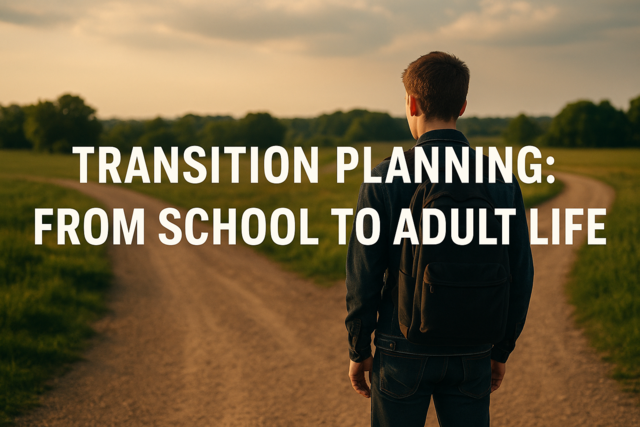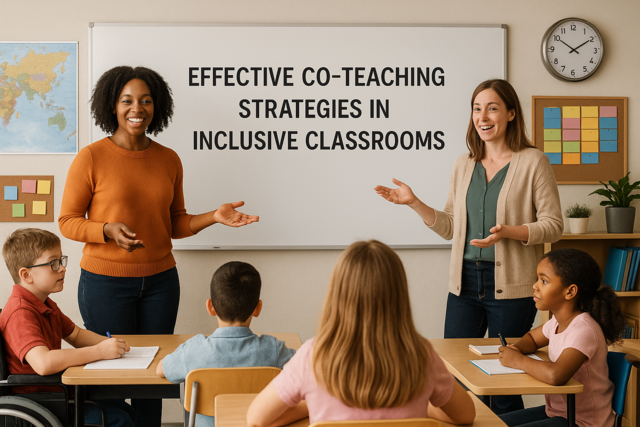Online Class: Behavioral Interventions for Students with Asperger Syndrome

-
15Lessons
-
22Exams &
Assignments -
4Hours
average time -
0.4CEUs
Course Description
Imagine a world where every student, regardless of their unique learning profile, thrives in the classroom--a world where their individuality is not just acknowledged but celebrated, a catalyst for both personal and academic growth. This world is not a distant dream; it can be a reality, and it starts with you. Welcome to the transformative experience that is "Behavioral Interventions for Students with Asperger Syndrome."
This course isn't just another professional development offering--it's an invitation to transform your educational practices and, in turn, the lives of students with Asperger's Syndrome. The course is crafted to empower you with the insights, skills, and strategies needed to reach these remarkable students and unlock their often-hidden potential. When you enroll, you're not simply gaining a certificate; you're becoming an advocate, an innovator, and a life-changer.
From the onset, you'll embark on a journey deeply interwoven with the intricacies and dynamics that characterize Asperger's Syndrome. Through thoughtful exploration, you'll discover cutting-edge methods that redefine classroom interaction. Lessons will transport you into the heart of empathetic learning environments, where technology and peer collaboration ignite an enriching and interactive learning experience. This foundational shift cultivates a climate of inclusivity where all voices are heard and celebrated.
Throughout this immersive exploration, nonverbal communication unfolds as more than just silent signals--it becomes a powerful tool for connection and understanding. You'll learn the art of decoding facial expressions, gestures, and the subtleties of tone, empowering your ability to foster social adaptability and emotional intelligence in your students. Consistently across these interactions, feel confident in creating meaningful change, driving students towards more fulfilling and self-empowered educational journeys.
Differentiated instruction illuminates the path forward, introducing you to customization's power. Here, every lesson is a spectrum of accessibility, designed to bridge diverse learning styles and propel all students into a collective experience of growth. Tap into students' unique interests and weave them into a cohesive whole, fostering a comforting routine with room for creativity and exploration.
As you journey further, you'll delve into the myriad sensory sensitivities--often hidden yet profoundly impactful--and learn to craft spaces that are as comfortable as they are enlightening. The sensory-safe classroom becomes a canvas where anxiety is mitigated, focus flourishes, and transformative learning blossoms.
But this course isn't just about the tactics; it's about a paradigm shift in understanding behavior. You'll embrace the neurological underpinnings of Asperger's, revealing how tailored interventions can reshape emotional landscapes and facilitate profound learning experiences. Grasp the sophisticated dance of brain structures like the amygdala and prefrontal cortex, fundamentally changing how you approach emotional challenges and harnessing unique strengths.
Technology becomes your indispensable ally in this grand adventure. Discover how assistive tools transcend traditional boundaries, offering new dimensions for communication, planning, and stress management. Think of it as equipping your students with a toolkit designed for modern challenges and threaded with opportunities to blossom into socially adept, academically confident individuals.
At the heart of this course is unity. Build robust partnerships with parents and colleagues as you collectively sculpt a seamless learning continuum. Your enhanced ability to engage in open dialogues and leverage digital platforms will reinforce a community of support, ensuring nothing falls through the cracks on the path to student success.
Finally, culminate your expedition equipped to nurture resilience and independence in your students, preparing them for the complexities of the world beyond the classroom. The insights and expertise you gain pave the way for creating a future that is not just inclusive but inspirational for every student you encounter.
Enroll today and become part of a movement that's redefining education and making an indelible impact. "Behavioral Interventions for Students with Asperger Syndrome" isn't just a course. It's your next step toward making a meaningful difference in countless lives, beginning with those remarkable students who will change the world.
- Business
- Business Ethics Courses
- Harassment Prevention Courses
- Human Resources Certifications
- Management
- Aromatherapy Courses
- Caregiver Courses
- Career Development Courses
- Communications Courses
- Confidence and Self Esteem Courses
- Healing
- Human Anatomy Courses
- Medical Skills
- Health & Medicine
- Nutrition
- Marketing
- Microsoft Office Certification Courses
- Life Coaching Courses
- Self-Improvement
- Small Business Certifications
- Safety
- Writing Improvement
- Business Writing Courses
Course Lessons
Lesson 1. Asperger's: Unlocking Unique Academic Potentials
 Review Practice Worksheet: Lesson-1-WorkSheet-17689.pdf
Review Practice Worksheet: Lesson-1-WorkSheet-17689.pdf Lesson discussions: Reasons for Taking this Course
Lesson discussions: Reasons for Taking this Course Assessment: Lesson 1 Review Exam
Assessment: Lesson 1 Review Exam
Lesson 2. Nonverbal Language: A Guide for Empowering Students with Asperger's
 Review Practice Worksheet: Lesson-2-Downloadable-17691.pdf
Review Practice Worksheet: Lesson-2-Downloadable-17691.pdf Complete: Lesson 2 Activity
Complete: Lesson 2 Activity Assessment: Lesson 2 Review Exam
Assessment: Lesson 2 Review Exam
Lesson 3. Empowering Students with Asperger's Through Differentiated Instruction
 Review Practice Worksheet: Lesson-3-Activity-17693.pdf
Review Practice Worksheet: Lesson-3-Activity-17693.pdf Complete: Lesson 3 Activity
Complete: Lesson 3 Activity Assessment: Lesson 3 Review Exam
Assessment: Lesson 3 Review Exam
Lesson 4. Nonverbal Communication: A Guide for Students with Asperger's
 Review Practice Worksheet: Lesson-4-Downloadable-17694.pdf
Review Practice Worksheet: Lesson-4-Downloadable-17694.pdf Assessment: Lesson 4 Review Exam
Assessment: Lesson 4 Review Exam
Lesson 5. Crafting Sensory-Safe Classrooms for Students with Asperger's
 Review Practice Worksheet: Lesson-5-Downloadable-17696.pdf
Review Practice Worksheet: Lesson-5-Downloadable-17696.pdf Assessment: Lesson 5 Review Exam
Assessment: Lesson 5 Review Exam
Lesson 6. Understanding Anxiety and Behavioral Interventions for Students with Asperger's
 Review Practice Worksheet: Lesson-6-HomeWork-17698.pdf
Review Practice Worksheet: Lesson-6-HomeWork-17698.pdf Complete: Lesson 6 Activity
Complete: Lesson 6 Activity Assessment: Lesson 6 Review Exam
Assessment: Lesson 6 Review Exam
Lesson 7. Asperger's: Insights for Emotional Support
 Review Practice Worksheet: Lesson-7-WordSearch-17700.pdf
Review Practice Worksheet: Lesson-7-WordSearch-17700.pdf Assessment: Lesson 7 Review Exam
Assessment: Lesson 7 Review Exam
Lesson 8. Tailoring Teaching: Engaging Students with Asperger's
 Review Practice Worksheet: Lesson-8-Downloadable-17702.pdf
Review Practice Worksheet: Lesson-8-Downloadable-17702.pdf Complete: Lesson 8 Activity
Complete: Lesson 8 Activity Assessment: Lesson 8 Review Exam
Assessment: Lesson 8 Review Exam
Lesson 9. Beyond Words: Navigating the Subtleties of Body Language and Social Cues
 Review Practice Worksheet: Lesson-9-WorkSheet-17704.pdf
Review Practice Worksheet: Lesson-9-WorkSheet-17704.pdf Assessment: Lesson 9 Review Exam
Assessment: Lesson 9 Review Exam
Lesson 10. Technology's Role in Autism Education
 Review Practice Worksheet: Lesson-10-WorkSheet-17706.pdf
Review Practice Worksheet: Lesson-10-WorkSheet-17706.pdf Complete: Lesson 10 Activity
Complete: Lesson 10 Activity Assessment: Lesson 10 Review Exam
Assessment: Lesson 10 Review Exam
Lesson 11. Unified Support: The Role of Communication in Asperger's Education
 Review Practice Worksheet: Lesson-11-Activity-17708.pdf
Review Practice Worksheet: Lesson-11-Activity-17708.pdf Complete: Lesson 11 Activity
Complete: Lesson 11 Activity Assessment: Lesson 11 Review Exam
Assessment: Lesson 11 Review Exam
Lesson 12. Nurturing Independence in Asperger's Students
 Review Practice Worksheet: Lesson-12-WorkSheet-17710.pdf
Review Practice Worksheet: Lesson-12-WorkSheet-17710.pdf Assessment: Lesson 12 Review Exam
Assessment: Lesson 12 Review Exam
Lesson 13. Tailored Strategies for Students on the Autism Spectrum
 Review Practice Worksheet: Lesson-13-Activity-17712.pdf
Review Practice Worksheet: Lesson-13-Activity-17712.pdf Assessment: Lesson 13 Review Exam
Assessment: Lesson 13 Review Exam
Lesson 14. Bullying and Asperger's: A Delicate Dynamic
 Review Practice Worksheet: Lesson-14-HomeWork-17714.pdf
Review Practice Worksheet: Lesson-14-HomeWork-17714.pdf Assessment: Lesson 14 Review Exam
Assessment: Lesson 14 Review Exam
Lesson 15. Understanding and Supporting Students with Asperger's Syndrome
 Review Practice Worksheet: Lesson-15-WorkSheet-17716.pdf
Review Practice Worksheet: Lesson-15-WorkSheet-17716.pdf Lesson discussions: End of Course Poll; Course Comments
Lesson discussions: End of Course Poll; Course Comments Complete: Lesson 15 Activity
Complete: Lesson 15 Activity Assessment: Lesson 15 Review Exam
Assessment: Lesson 15 Review Exam
Learning Outcomes
- Demonstrate the ability to integrate a student's specific interests, such as astronomy, into the curriculum to enhance engagement and motivation.
- Describe how specific sensory accommodations, like noise-cancelling headphones, can improve focus and comfort for students with Asperger’s in classroom settings.
- Effectively apply understanding of tone of voice variations by distinguishing between at least three different emotional intentions (e.g., sarcasm, friendliness, irritation) in peer interactions.
- Demonstrate the ability to recognize and accurately interpret at least five different nonverbal communication cues, including facial expressions and body language, through role-playing exercises.
- Identify and implement sensory-friendly environmental modifications in a classroom setting for students with Asperger's Syndrome to improve focus and comfort.
- Define and describe effective communication strategies tailored for students with Asperger's Syndrome, enhancing their social interaction skills.
- Demonstrate appropriate body language and personal space awareness in various social situations to facilitate smoother communication and social integration.
- Recognize and interpret basic facial expressions and gestures to improve social interaction and enhance understanding of emotional cues.
- Define specific sensory-friendly classroom modifications that reduce overstimulation for students with Asperger's Syndrome, enhancing their focus and engagement.
- Demonstrate the ability to design flexible seating arrangements tailored to individual sensory preferences, improving comfort and learning outcomes for students with sensory sensitivities.
- Demonstrate the ability to implement two individualized coping strategies for students with Asperger's Syndrome during stressful situations in the classroom, as evidenced by reduced anxiety symptoms.
- Identify and document at least three specific anxiety triggers in students with Asperger's Syndrome by observing their behavior in various school settings over a two-week period.
- Define how neurological differences in the prefrontal cortex and amygdala contribute to emotional regulation challenges in students with Asperger's Syndrome.
- Demonstrate mastery of lesson content at levels of 70% or higher.
Additional Course Information

- Document Your Lifelong Learning Achievements
- Earn an Official Certificate Documenting Course Hours and CEUs
- Verify Your Certificate with a Unique Serial Number Online
- View and Share Your Certificate Online or Download/Print as PDF
- Display Your Certificate on Your Resume and Promote Your Achievements Using Social Media
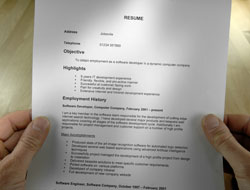
Related Courses
-
 7 hours
0.7 CEUs
Haute Couture Chronicles: Inside the World of Luxury Brands
+ More Info
7 hours
0.7 CEUs
Haute Couture Chronicles: Inside the World of Luxury Brands
+ More Info
-
 3 hours
0.3 CEUs
Preparing Students for Careers of the Future
+ More Info
3 hours
0.3 CEUs
Preparing Students for Careers of the Future
+ More Info
-
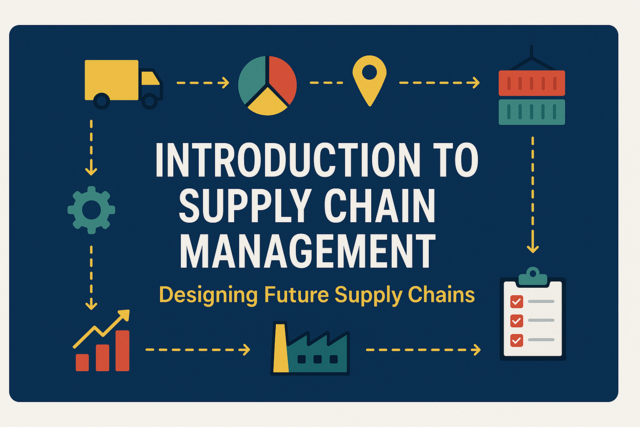 4 hours
0.4 CEUs
Introduction to Supply Chain Management
+ More Info
4 hours
0.4 CEUs
Introduction to Supply Chain Management
+ More Info
-
 6 hours
0.6 CEUs
Timeless Aesthetics: Navigating Luxury Brand Evolution
+ More Info
6 hours
0.6 CEUs
Timeless Aesthetics: Navigating Luxury Brand Evolution
+ More Info
-
 6 hours
0.6 CEUs
The New Chic: Redefining Urban Elegance
+ More Info
6 hours
0.6 CEUs
The New Chic: Redefining Urban Elegance
+ More Info
-
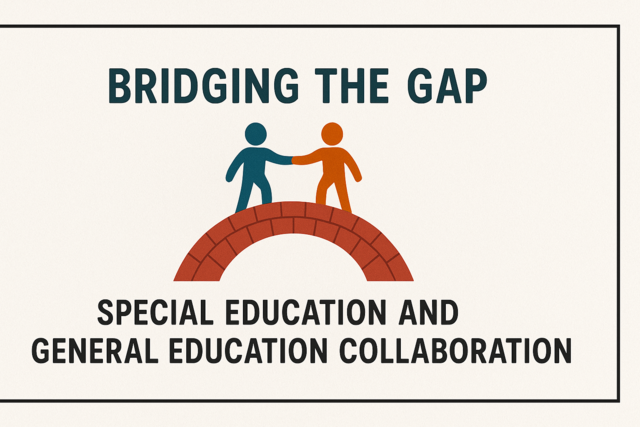 4 hours
0.4 CEUs
Bridging the Gap: Special Education and General Education Collaboration
+ More Info
4 hours
0.4 CEUs
Bridging the Gap: Special Education and General Education Collaboration
+ More Info
-
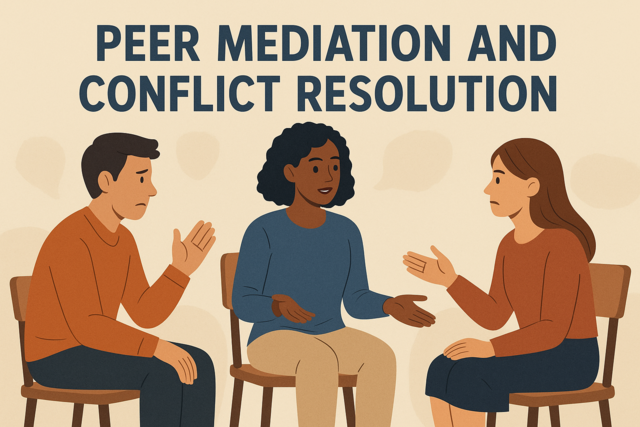 6 hours
0.6 CEUs
Peer Mediation and Conflict Resolution
+ More Info
6 hours
0.6 CEUs
Peer Mediation and Conflict Resolution
+ More Info
-
 4 hours
0.4 CEUs
Strategies for Teaching English Language Learners
+ More Info
4 hours
0.4 CEUs
Strategies for Teaching English Language Learners
+ More Info
-
 3 hours
0.3 CEUs
Office Staff Productivity Boosters
+ More Info
3 hours
0.3 CEUs
Office Staff Productivity Boosters
+ More Info
-
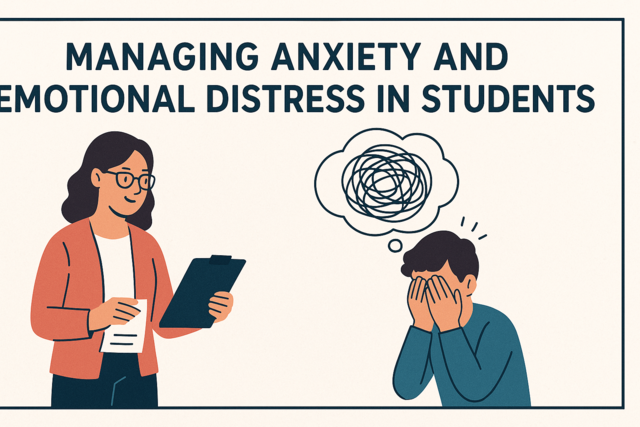 6 hours
0.6 CEUs
Managing Anxiety and Emotional Distress in Students
+ More Info
6 hours
0.6 CEUs
Managing Anxiety and Emotional Distress in Students
+ More Info
-
 6 hours
0.6 CEUs
Mysterious Forces in the Cosmos
+ More Info
6 hours
0.6 CEUs
Mysterious Forces in the Cosmos
+ More Info
-
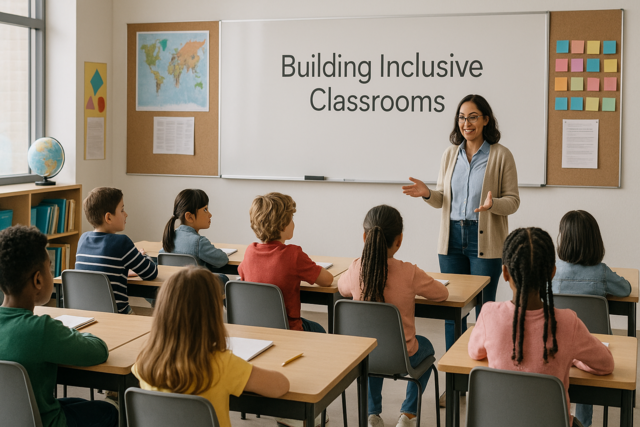 5 hours
0.5 CEUs
Building Inclusive Classrooms
+ More Info
5 hours
0.5 CEUs
Building Inclusive Classrooms
+ More Info
-
 3 hours
0.3 CEUs
Family Dynamics Decoded: Understanding & Improving Interactions
+ More Info
3 hours
0.3 CEUs
Family Dynamics Decoded: Understanding & Improving Interactions
+ More Info
-
 5 hours
0.5 CEUs
Contemporary Luxury: Redefining Modern Fashion
+ More Info
5 hours
0.5 CEUs
Contemporary Luxury: Redefining Modern Fashion
+ More Info
-
 6 hours
0.6 CEUs
The Essence of Elegance: Dressing for Contemporary Sophistication
+ More Info
6 hours
0.6 CEUs
The Essence of Elegance: Dressing for Contemporary Sophistication
+ More Info
-
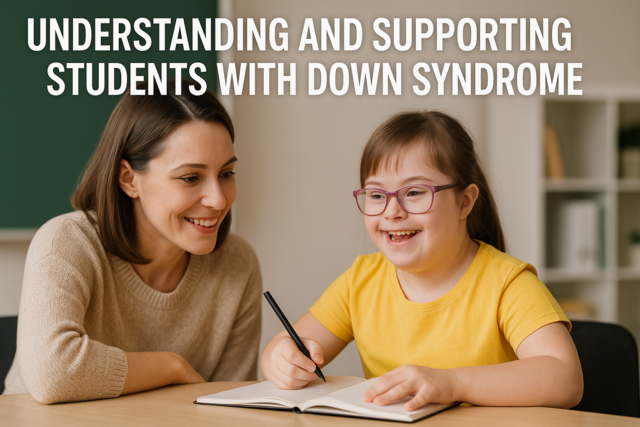 3 hours
0.3 CEUs
Understanding and Supporting Students with Down Syndrome
+ More Info
3 hours
0.3 CEUs
Understanding and Supporting Students with Down Syndrome
+ More Info
-
 4 hours
0.4 CEUs
Breathwork for Emotional Balance
+ More Info
4 hours
0.4 CEUs
Breathwork for Emotional Balance
+ More Info
-
 4 hours
0.4 CEUs
Leading with Emotional Intelligence
+ More Info
4 hours
0.4 CEUs
Leading with Emotional Intelligence
+ More Info
-
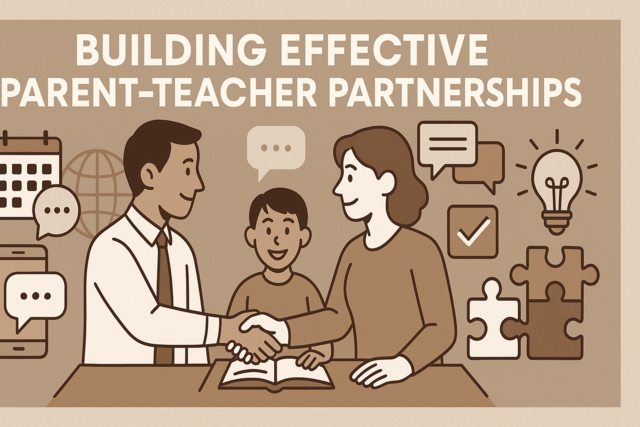 6 hours
0.6 CEUs
Building Effective Parent-Teacher Partnerships
+ More Info
6 hours
0.6 CEUs
Building Effective Parent-Teacher Partnerships
+ More Info
-
 5 hours
0.5 CEUs
Advanced Communication Skills for the Workplace
+ More Info
5 hours
0.5 CEUs
Advanced Communication Skills for the Workplace
+ More Info
-
 5 hours
0.5 CEUs
Developing a Growth Mindset
+ More Info
5 hours
0.5 CEUs
Developing a Growth Mindset
+ More Info
-
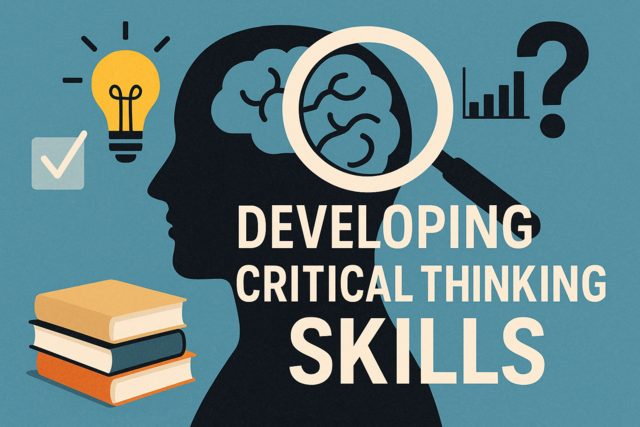 5 hours
0.5 CEUs
Developing Critical Thinking Skills
+ More Info
5 hours
0.5 CEUs
Developing Critical Thinking Skills
+ More Info
-
 7 hours
0.7 CEUs
Vintage Visions: Integrating Past Styles in Modern Luxury
+ More Info
7 hours
0.7 CEUs
Vintage Visions: Integrating Past Styles in Modern Luxury
+ More Info
-
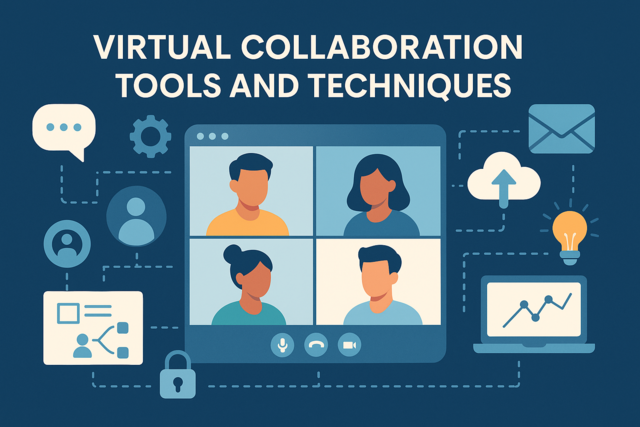 5 hours
0.5 CEUs
Virtual Collaboration Tools and Techniques
+ More Info
5 hours
0.5 CEUs
Virtual Collaboration Tools and Techniques
+ More Info
-
 4 hours
0.4 CEUs
Narcissistic Loops: Breaking the Cycle of Self-Absorption
+ More Info
4 hours
0.4 CEUs
Narcissistic Loops: Breaking the Cycle of Self-Absorption
+ More Info
-
 3 hours
0.3 CEUs
Mindfulness and Well-Being at Work
+ More Info
3 hours
0.3 CEUs
Mindfulness and Well-Being at Work
+ More Info
-
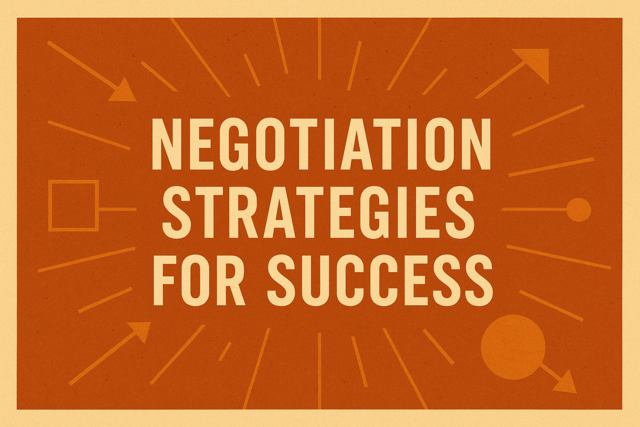 7 hours
0.7 CEUs
Negotiation Strategies for Success
+ More Info
7 hours
0.7 CEUs
Negotiation Strategies for Success
+ More Info
-
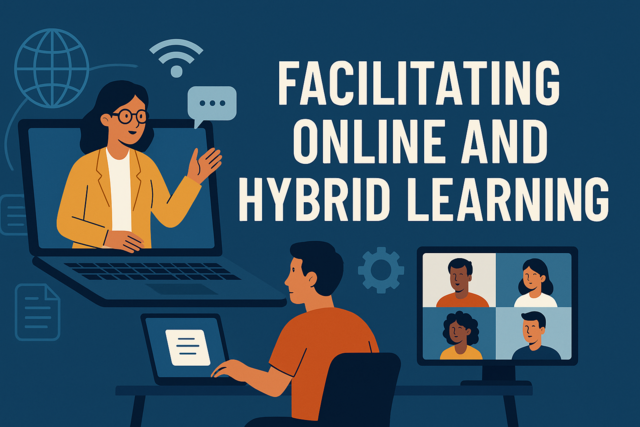 4 hours
0.4 CEUs
Facilitating Online and Hybrid Learning
+ More Info
4 hours
0.4 CEUs
Facilitating Online and Hybrid Learning
+ More Info
-
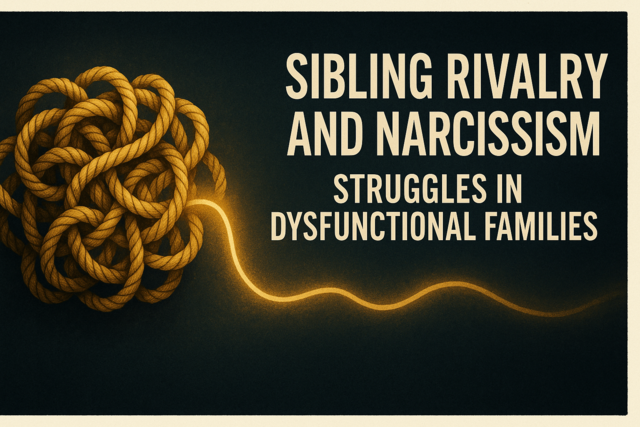 6 hours
0.6 CEUs
Sibling Rivalry and Narcissism: Struggles in Dysfunctional Families
+ More Info
6 hours
0.6 CEUs
Sibling Rivalry and Narcissism: Struggles in Dysfunctional Families
+ More Info
-
 5 hours
0.5 CEUs
The Harmony Hub: Fostering Connection in Busy Lives
+ More Info
5 hours
0.5 CEUs
The Harmony Hub: Fostering Connection in Busy Lives
+ More Info
-
 4 hours
0.4 CEUs
Sales Skills and Strategies
+ More Info
4 hours
0.4 CEUs
Sales Skills and Strategies
+ More Info
-
 4 hours
0.4 CEUs
Global Competence in a Changing World
+ More Info
4 hours
0.4 CEUs
Global Competence in a Changing World
+ More Info
-
 7 hours
0.7 CEUs
The Art of Manifesting Your Dreams
+ More Info
7 hours
0.7 CEUs
The Art of Manifesting Your Dreams
+ More Info
-
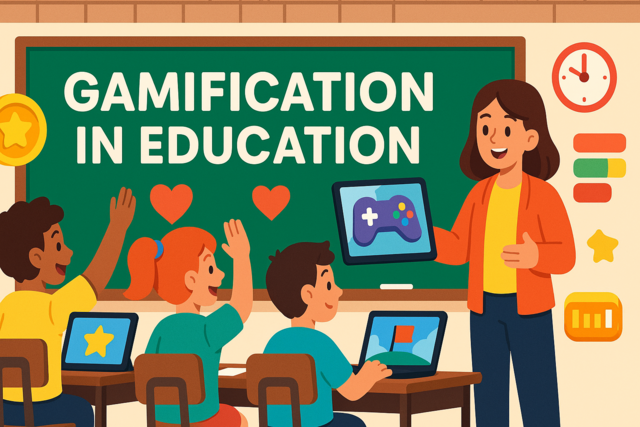 4 hours
0.4 CEUs
Gamification in Education
+ More Info
4 hours
0.4 CEUs
Gamification in Education
+ More Info
-
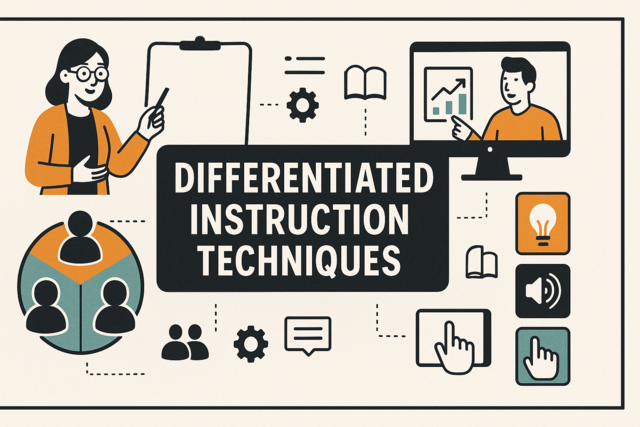 6 hours
0.6 CEUs
Differentiated Instruction Techniques
+ More Info
6 hours
0.6 CEUs
Differentiated Instruction Techniques
+ More Info
-
 5 hours
0.5 CEUs
Cooking and Nutrition for a Healthy Life
+ More Info
5 hours
0.5 CEUs
Cooking and Nutrition for a Healthy Life
+ More Info
-
 5 hours
0.5 CEUs
Time Travel Mysteries and Paradoxes
+ More Info
5 hours
0.5 CEUs
Time Travel Mysteries and Paradoxes
+ More Info
-
 5 hours
0.5 CEUs
The Relationship Reset: Rewriting Your Story Together
+ More Info
5 hours
0.5 CEUs
The Relationship Reset: Rewriting Your Story Together
+ More Info
-
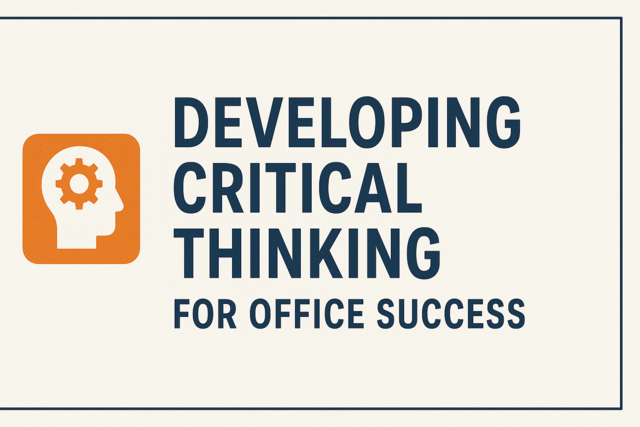 4 hours
0.4 CEUs
Developing Critical Thinking for Office Success
+ More Info
4 hours
0.4 CEUs
Developing Critical Thinking for Office Success
+ More Info


